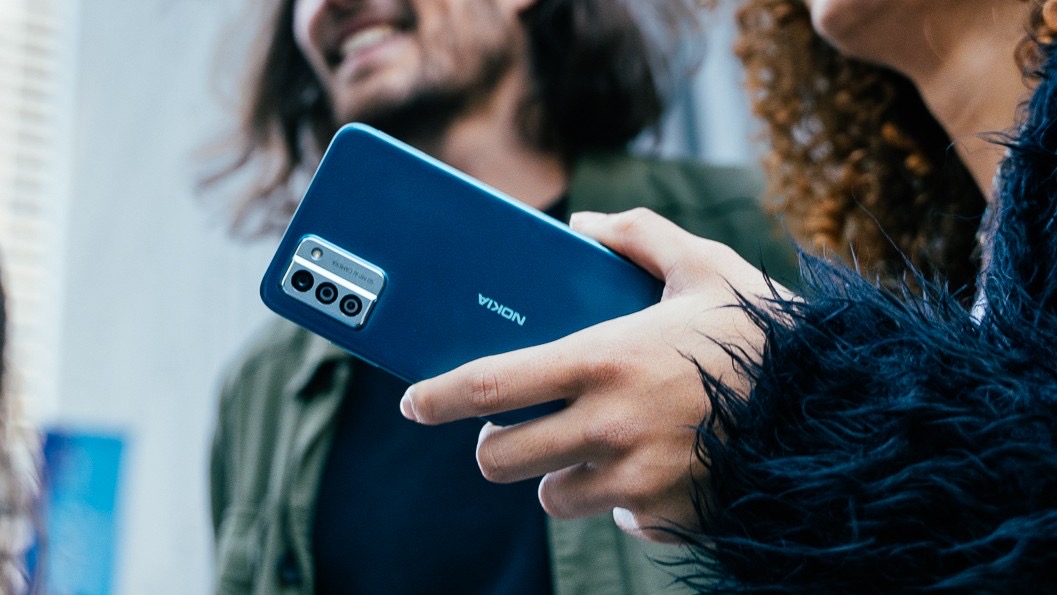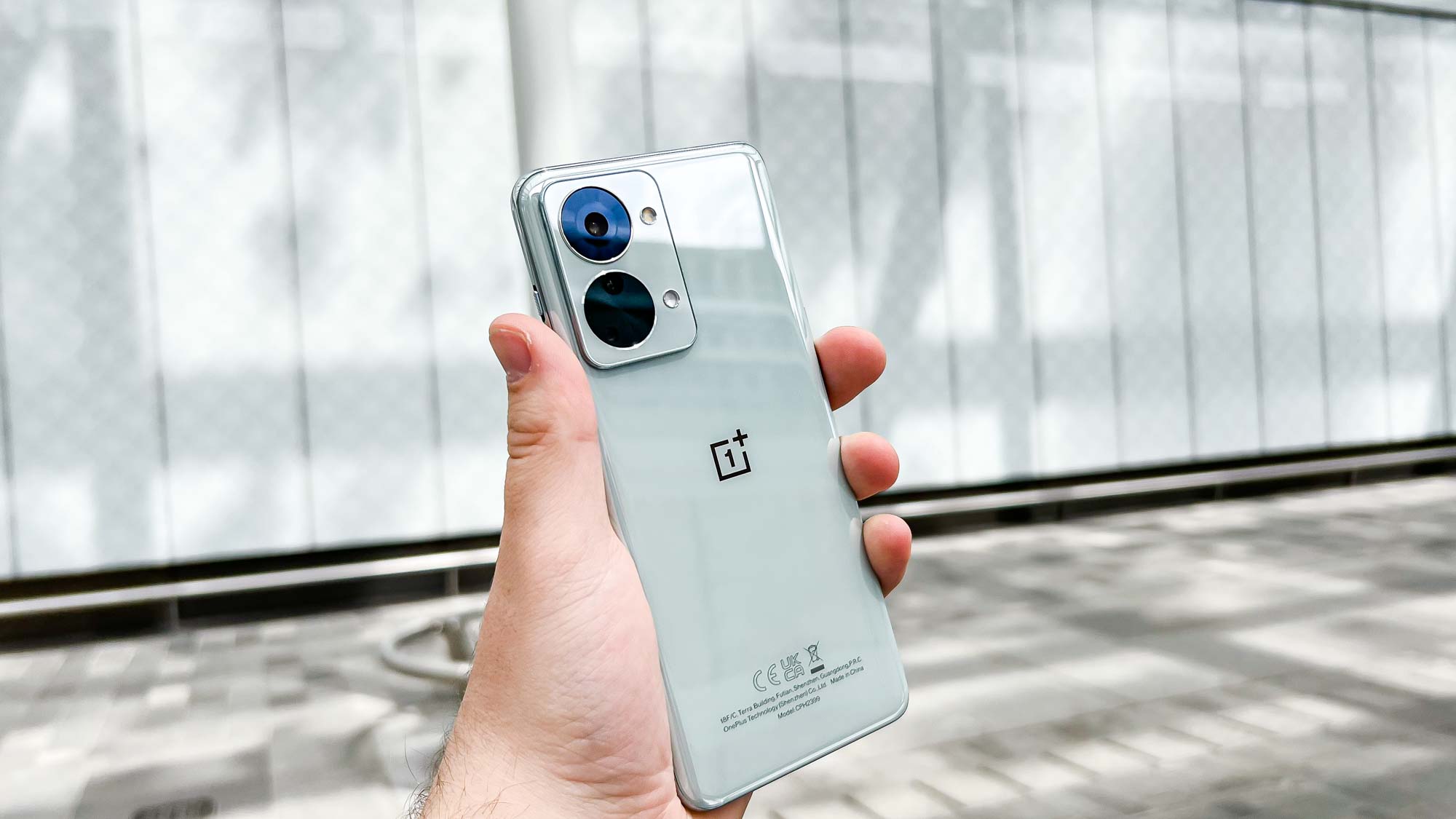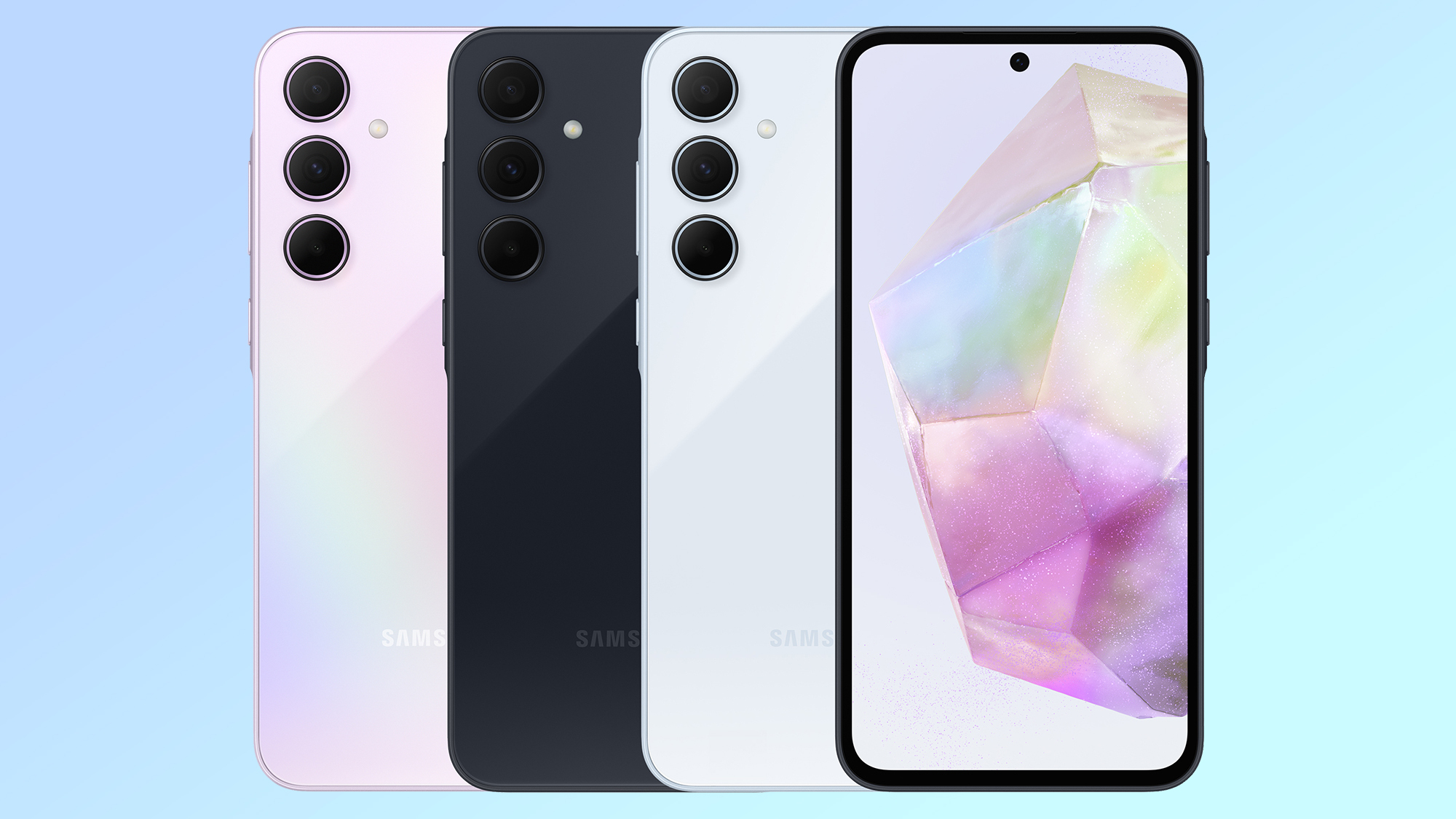
If you’ve ever purchased a cheap smartphone, odds are you’ve noticed that the price doesn’t affect how many camera lenses it comes with. You’ll get the usual pair of wide and ultrawide angle lenses, as you would on any smartphone, alongside a third or fourth “bonus” camera.
Often these extra cameras are macro or depth lenses, though we occasionally see something more unique like the OnePlus 8 Pro’s “color depth” sensor. Typically these extra lenses are pretty low resolution, and offer features that most people wouldn’t even think about needing when they’re buying a new phone. Instead it’s like they’ve been added to increase the number of cameras and appeal to the folks who mistakenly believe that “more if better."
Honestly, I feel that this needs to stop, and cheap phones should embrace the fact that a pair of high quality camera lenses is better than three mediocre ones.
Too many phones have cameras that don't offer much

Nothing really exemplifies my argument more than the OnePlus Nord 2T. The budget handset comes with a “mono lens," though you’d be forgiven for not actually noticing that when you look at the phone.
The rear camera setup seems like it was built for a phone with two large camera lenses, so the 8MP ultrawide and 2MP mono lens are rather difficult to see from a distance. Hunting through the camera app, there’s no sign of any specific “mono” modes for the third lens, as you’d find with other lenses. The first thing I found when googling “OnePlus Nord 2T mono lens” was a community forum page asking what the lens is actually supposed to do — so I’m not the only person to have this problem.
Supposedly, the mono lens sensor is supposed to capture extra detail when you enable a black-and-white filter in the Camera app. Which is a supremely niche piece of hardware to include on any phone, let alone a low-cost one.
I've also tested the Nokia G22, which is a double-whammy of excess camera lenses — packing in 2MP depth sensor and macro lens in addition to a 50MP main camera. I’m not even sure what the depth sensor does, to be perfectly honest, and it certainly isn’t something that you need to actively worry about when you’re using the phone’s camera.
As for the macro lens, well, compared to the main lens you can absolutely tell that it’s a 2MP sensor. The quality is noticeably worse; the coloring is off; and the process of actually activating macro mode takes a few extra steps that it means it’s just not worth using.






These are the kind of phones that are cheap for a reason. You’re not going to get a flagship experience on a phone that costs under $300, and that’s absolutely fine. But I can’t help but think that adding frivolous and ultimately worthless camera lenses means that the price is being paid elsewhere. Either in terms of dampened performance or a price tag that’s higher than it could have been.
Google and Apple have the right idea

The crazy thing is that looking at two big players in the mid-range phone market and the third camera lens is a pipe dream. While we don’t know what the next generation might bring, both the iPhone SE 3 and Google Pixel 7a have avoided this habit of adding random cameras to their phones. The Pixel 7a sticks with the basic main and ultrawide combo, while the iPhone SE still only has a single camera lens to work with.
Then again, both companies did the same with their entry-level flagships, too. The Pixel 8 and iPhone 15 lack a third camera lens, with the additional telephoto shooter being reserved for both companies' respective Pro models.
But that just goes to show that even a $700 phone doesn’t necessarily need to tack on a third camera lens for the sake of it. And you’d think if someone like Apple, whose actions and products are mimicked the world over, is satisfied offering two cameras on its cheaper iPhone, then other phone companies would follow that example. Though I’m sure, in the world of business and marketing, things don’t really follow that same line of logic.
Don’t get me wrong, I’d love to see a telephoto lens on the Pixel 9 or iPhone 16, but I don’t think that’s likely to happen. But whether we’re talking a dual-camera iPhone 15 or a single-lensed iPhone SE, you’re still able to produce some fantastic photos — and without relying on multi-camera gimmicks to make it happen.
Samsung is one of the notable phone companies that isn’t following its rivals’ example, and seems pretty keen on having three camera lenses on a lot of its phones. For the Galaxy S24 the third lens is a telephoto camera, which I can definitely appreciate, even if I’d prefer to have more than 3x optical magnification. However, the Galaxy A55 downgrades that extra lens to a 5MP macro lens. The same is true for the Galaxy A35, which is a couple hundred dollars cheaper.
I’ve not used either of these phones, so I can’t comment on the effectiveness of those 5MP macro lenses. Considering it’s Samsung, I’d assume that their picture quality trumps that of smaller brands, particularly ones that opt for 2MP lenses. Resolution isn’t everything, but Samsung does make some of the best camera phones — so it should know what it’s doing.
But seeing that third macro lens never fills me with much confidence, especially when Apple and Google prove that you can do so much with two lenses that are actually worth using.
Bottom line
I can almost see where phone companies are coming from when they do things like add random camera lenses to the back of their phones. It’s rare to see a phone with a single rear camera nowadays, and consumers are no doubt very used to having multiple lenses that can do a bunch of extra things — even if they’re not entirely sure what’s doing what.
When you don’t have the same brand recognition as an iPhone, you’re going to want to give yourself every advantage to make a sale. Adding extra features like camera lenses, even if they don’t actually add any tangible value, is one way to try and make yourself seem noticed. Or at the very least to try and ensure a prospective buyer doesn’t pick a rival phone simply because you lacked that third camera lens.
But it’s a fad I’d like to see end. Most cheap phones don’t have a hope in competing with the big name flagships, but we’ve seen countless times that they can offer premium-feeling features without upping the price by multiple hundreds of dollars. I just can’t help but wonder how the resources that are spent on unnecessary camera lenses would mean if they were put to more practical use.







